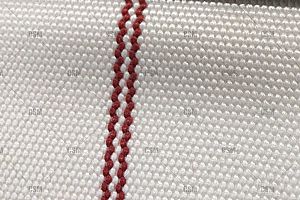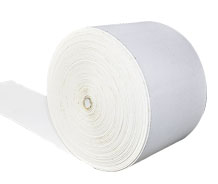
Description:
Air slide fabric is made of heat-resistant and corrosion-resistant synthetic polyester fibers. It is interwoven with warp and weft yarns on heavy-duty weaving equipment as required, possessing good abrasion resistance and being able to resist the organic and inorganic chemicals, acids, alkalis and oxidants contained in raw material mixtures, clinkers and cement.

Application and working principle of air slide fabric
The air slide fabric is mainly used in air slide conveyors, aeration boxes of homogenization silos and the breathable layer at the bottom of the silos. This product is laid between the material and the air chamber, with the air chamber below and the material above. Under the action of air pressure, the air flow passes through this product, fluidizing the material and thus achieving the purpose of transportation.
The air slide fabric is an important device that supports the material, allows the air to pass through evenly and fluidizes the material. It is mainly applied to the pneumatic conveying air slides for powdered materials such as cement and alumina, and is also suitable for other pneumatic conveying devices for powdered and granular materials, such as train and truck bulk powder tankers and bulk cement tankers.
The air slide conveying system is the air flow supply source. The product supply pneumatic conveyor includes two pressurized chambers or passages, which are located at the open slot ends and are superimposed on each other. The breathable fabric (air slide fabric) separates them. Pressurized air is sent into the bottom chamber and passes through the air slide fabric into the top chamber, picks up the products sent into it in the top chamber, and transports them to the collection point at the downhill end at the uphill end.
There is an air separation device at the collection point or the filtering unit, which can separate the solid powder product flow from the air flow. This may be a cyclone separator, a bag filter or a precipitator. The material products are collected in bins, silos or hoppers for storage, mixing or stirring, or if in the finished product stage, they are sent to the packaging plant.







